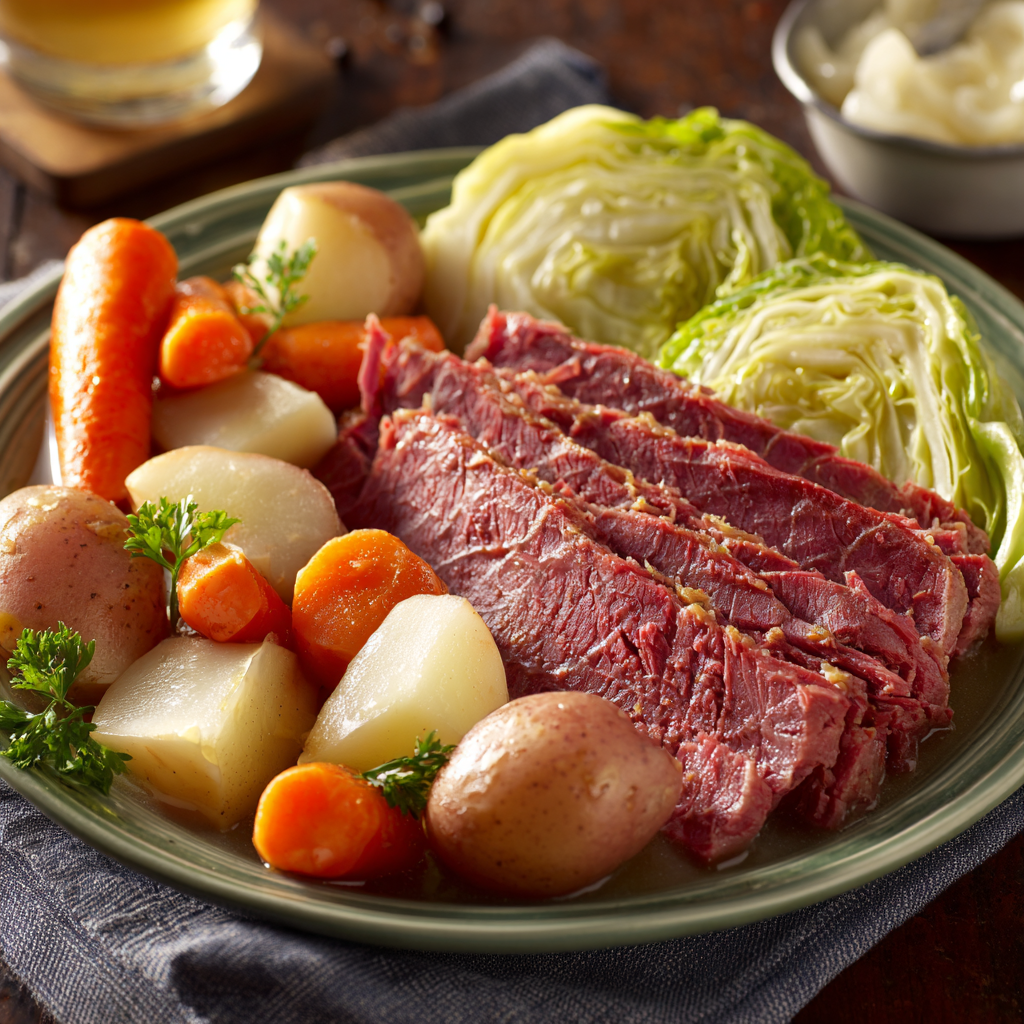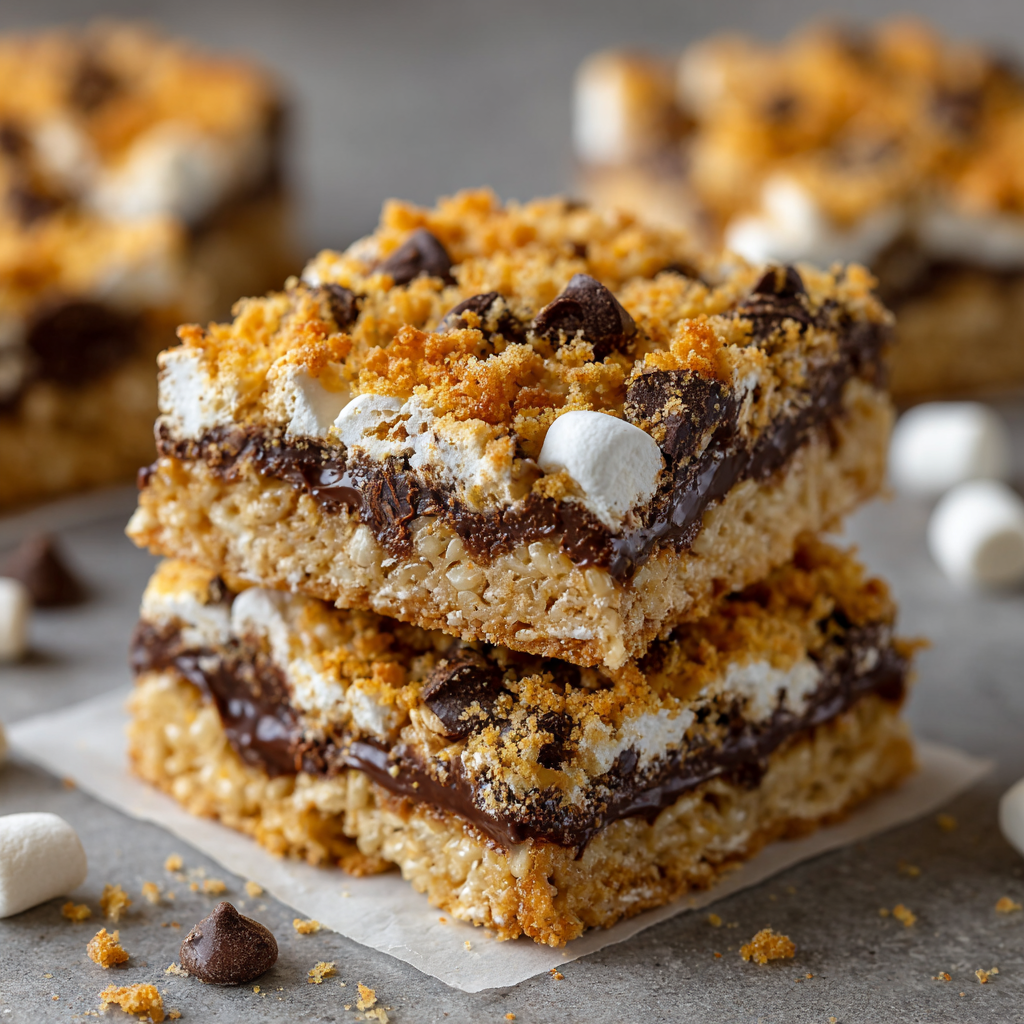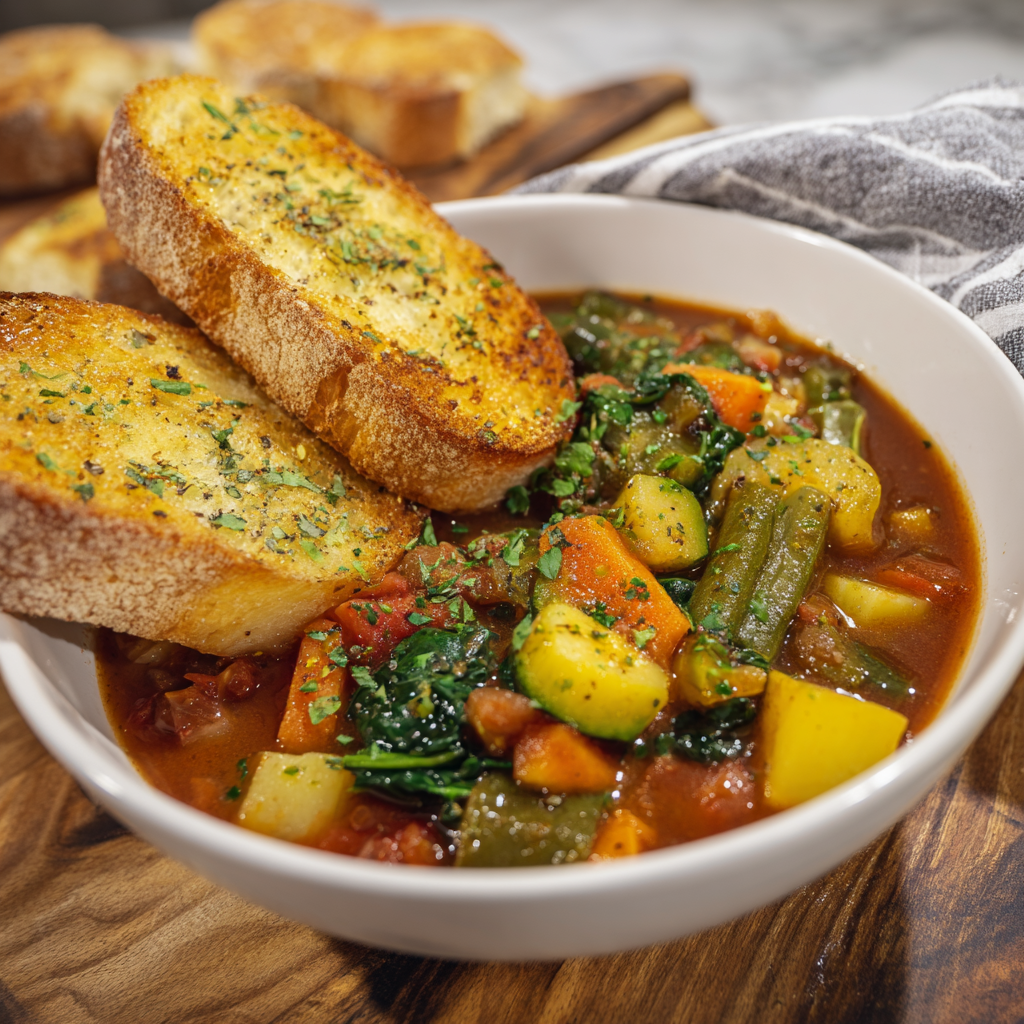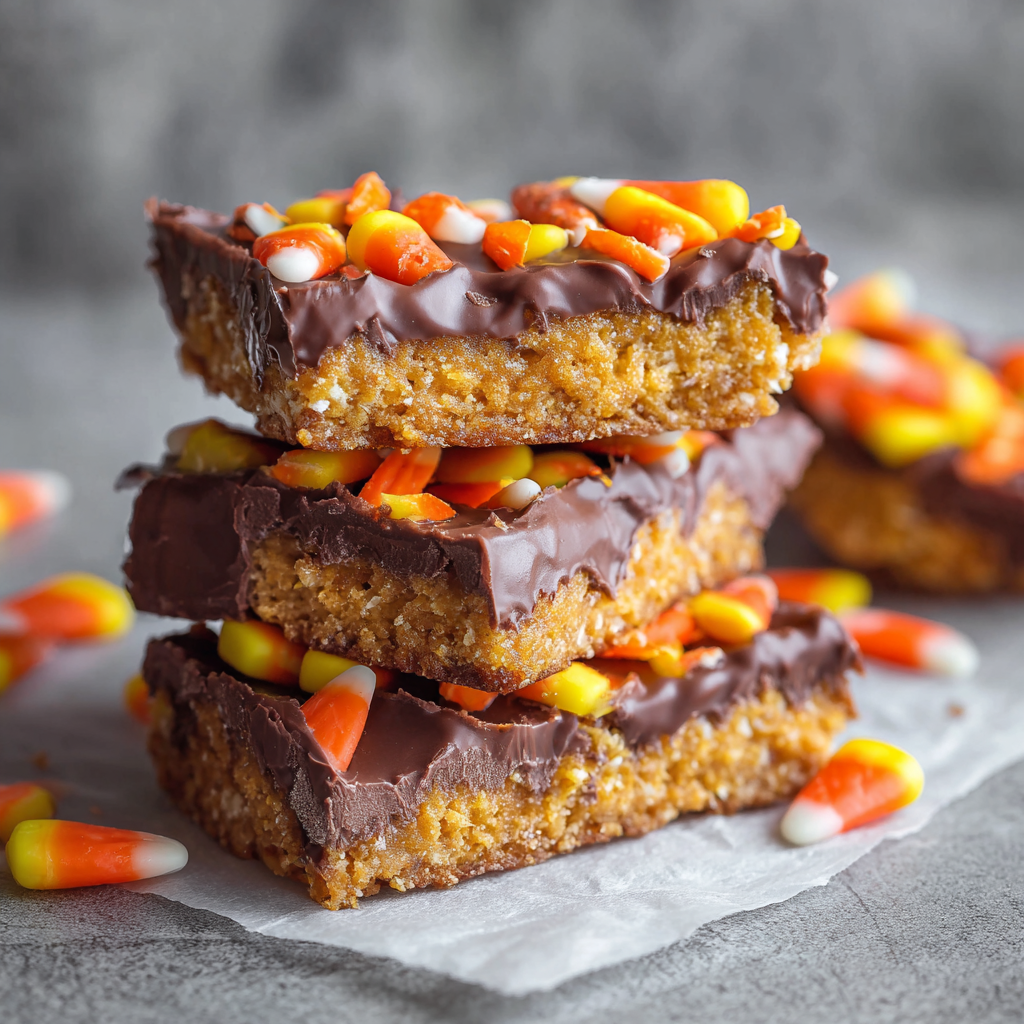There’s Magic in the Simmer: Your New Favorite Comfort Food
Hey there, friend! Come on in, pull up a stool, and let’s get something wonderful bubbling on the stove. Is there anything quite like the smell of a long-simmering pot that fills your entire home with a sense of warmth and anticipation? It’s a special kind of magic, one that promises a meal that’s not just about feeding our bodies, but about nourishing our souls. And today, we’re making the undisputed champion of cozy, comforting, feed-a-crowd feasts: Corned Beef and Cabbage.
Now, I know what you might be thinking. “Olivia, that’s just for St. Patrick’s Day!” But trust me on this one—this dish is far too good to be saved for just one day a year. We’re talking about a beautifully spiced, incredibly tender brisket that practically melts under your fork, surrounded by sweet carrots, buttery potatoes, and cabbage that soaks up all that glorious, savory broth. It’s a hug in a bowl. It’s the meal you make on a lazy Sunday when you want the house to smell incredible and your people to feel loved. It’s surprisingly simple, endlessly rewarding, and I’m so excited to guide you through it. Let’s make some memories together, one delicious bite at a time.
A Pot of Luck and Laughter
My love affair with this dish started not in a fancy restaurant, but in my best friend Megan’s chaotic, laughter-filled kitchen during our college years. We were broke, it was a freezing March in Boston, and St. Patrick’s Day was upon us. Determined to celebrate, we pooled our meager grocery funds and somehow came home with a mysterious vacuum-sealed brisket and a giant head of cabbage. We had no idea what we were doing. We tossed everything into her largest, most dented pot, set it on the stove, and crossed our fingers.
Four hours later, our tiny apartment was steamy and smelled like a dream. We invited a dozen friends over, everyone contributing a bag of chips or a six-pack of cheap beer. We piled that tender, pink meat and vegetables onto a platter that was too small, and we feasted. There was music, there was ridiculous dancing, and there was the profound joy that comes from sharing a hearty, homemade meal with your chosen family. That pot of corned beef taught me that the best meals aren’t about perfection; they’re about connection. Every time I make it, I’m right back in that warm, noisy kitchen, and I’m reminded that the simplest dishes often hold the biggest heart.
Gathering Your Cozy Kitchen Crew
Here’s your shopping list! Don’t be intimidated—it’s mostly humble, hearty vegetables. The star, the corned beef brisket, is almost always sold pre-brined and comes with its own little spice packet, which makes our job incredibly easy.
- 3–4 lb corned beef brisket with seasoning packet: This is your main event! “Corned” refers to the large salt crystals (“corns” of salt) traditionally used to cure the beef. Don’t rinse it off—that seasoning is packed with flavor. You’ll usually find it in the meat section, and it’s often on sale around the holidays.
- 1 onion, quartered: A yellow or white onion is perfect here. It’s going to simmer away and add a wonderful savory-sweet depth to our cooking liquid, which is essentially our broth.
- 3 garlic cloves, smashed: Just give them a good whack with the flat side of your knife! This releases their aromatic oils and lets them infuse the broth with a gentle, mellow garlic flavor that isn’t overpowering.
- 4 cups beef broth (or water): Using broth instead of water gives the entire dish a richer, more robust foundation. I use low-sodium broth because the corned beef already brings a lot of salt to the party. Water works absolutely fine in a pinch, though!
- 1 lb carrots, cut into chunks: I like to use whole carrots that I peel and cut into 2-inch pieces. They’re sweeter and more flavorful than baby carrots. They add a beautiful color and a lovely sweetness that balances the saltiness of the beef.
- 1 ½ lbs baby potatoes, halved: The creamy, buttery texture of these little potatoes is a classic pairing. No need to peel them! The skins add a nice texture and help them hold their shape. If you have larger potatoes, just cut them into 1.5-inch chunks.
- 1 small green cabbage, cut into wedges: Look for a cabbage that feels heavy for its size with crisp, tightly packed leaves. Cutting it into wedges (keep the core intact!) helps it hold together during cooking instead of falling apart into a slaw-like mess.
- Optional: bay leaf, peppercorns, parsley for garnish: A bay leaf adds an extra layer of earthy aroma. A few whole peppercorns will add a subtle heat. And a generous sprinkle of fresh, chopped parsley at the end isn’t just for looks—its bright, fresh flavor cuts through the richness beautifully.
Let’s Get Cooking: The Simmering Symphony
This is where the magic happens. It’s mostly hands-off time, allowing you to relax while your kitchen fills with the most incredible aroma. Read through these steps first—it’s an easy process, but a few chef’s tips will ensure your corned beef is perfectly tender every single time.
Step 1: The Foundation. Place your corned beef brisket (fat-side up!) into your largest Dutch oven or heavy-bottomed pot. Tuck the quartered onion and smashed garlic cloves around it. This isn’t just for flavor—the onion pieces can also act as a little natural rack to keep the beef from sticking to the bottom. Sprinkle the contents of the spice packet over everything. Now, pour in the beef broth. The liquid should just about cover the meat. If it doesn’t, add a bit more broth or water until it’s submerged. This ensures every part of the brisket cooks evenly and stays incredibly moist.
Step 2: The Long, Slow Simmer. Bring the pot to a rolling boil over high heat. Then, and this is crucial, immediately reduce the heat to the lowest possible setting to maintain a very gentle simmer. You should see just a few small bubbles breaking the surface every now and then. Cover the pot tightly with a lid. Now, walk away! Let it simmer peacefully for 2.5 to 3 hours. This long, slow cooking time is non-negotiable—it’s what breaks down the tough connective tissues in the brisket and transforms it into that fall-apart tender masterpiece. Resist the urge to peek too often; just let it do its thing.
Step 3: Veggie Time (Part 1). After your beef is fork-tender (a fork should slide in and out with almost no resistance), it’s time for the root veggies. Carefully add your carrot chunks and halved baby potatoes to the pot, submerging them in the delicious broth. Bring the pot back to a gentle simmer, cover, and let them cook for about 20 minutes. They’ll start to become tender but will still have a little bite to them.
Step 4: Veggie Time (Part 2). Now for the cabbage! Gently nestle the cabbage wedges into the pot, pushing them down into the liquid. They might not be fully submerged, and that’s okay. Cover the pot again and let everything simmer for a final 15-20 minutes. You’re looking for the cabbage to be tender and easily pierceable with a knife, but not mushy and completely falling apart.
Step 5: The Grand Finale. Turn off the heat. Using a pair of sturdy tongs and maybe a slotted spoon for support, carefully remove the corned beef brisket from the pot and place it on a clean cutting board. This is the most important tip: Let it rest for a good 10-15 minutes! This allows the muscle fibers to relax and reabsorb all those juicy liquids, ensuring your slices are moist and not dry. While it rests, you can use a slotted spoon to transfer the vegetables to a large serving platter. After resting, slice the beef against the grain into ½-inch thick slices. This makes it incredibly tender and easy to eat.
Let’s Dish It Up!
Presentation is part of the fun! I love to create a beautiful, rustic platter. Arrange the sliced corned beef in the center, then artfully pile the cabbage wedges, potatoes, and carrots all around it. Give the whole platter a generous ladle of that hot, savory cooking broth to keep everything moist and flavorful. Finish it with a vibrant shower of freshly chopped parsley for that pop of color and freshness. This is a family-style meal meant to be passed around the table. Don’t forget small bowls on the side for that extra broth—it’s liquid gold! A good grainy mustard or a punchy horseradish sauce for dipping is absolutely essential.
Make It Your Own!
This recipe is a fantastic canvas for your own creativity. Here are a few of my favorite twists:
- Guinness Glaze: For a deeper, malty flavor, replace 1-2 cups of the beef broth with Guinness or another dark beer.
- Honey Mustard & Herb: Skip the spice packet. Instead, rub the brisket with a mixture of ¼ cup whole grain mustard, 2 tbsp honey, and 1 tbsp of fresh thyme leaves before simmering.
- The “Leftover” Hash: This is a must! The next day, chop up any leftovers and pan-fry them with a little butter until crispy for the most incredible breakfast hash. Top with a fried egg!
- Spice It Up: Add a pinch of red pepper flakes or a few slices of fresh jalapeño to the pot for a gentle kick of heat.
- Other Veggies: Feel free to add parsnips, turnips, or even a few pearl onions in with the carrots and potatoes.
Olivia’s Notebook Scribbles
Over the years, I’ve learned a few things about this glorious dish. First, not all briskets are created equal. Some are leaner, some are fattier. Don’t stress! The cooking time is a guide—always go by tenderness, not just the clock. If it’s not fork-tender at 3 hours, give it another 30 minutes. It’s virtually impossible to overcook it in this moist environment. Second, embrace the mess! This is a one-pot meal, but it’s not always a pretty pot. The spices can leave a residue, so I always let my Dutch oven soak in warm, soapy water after dinner. Totally worth it. This recipe has evolved from that college experiment to my ultimate comfort food, and I hope it becomes a staple in your home, too. The best part? It tastes even better the next day.
Your Questions, Answered!
Q: My corned beef turned out tough! What happened?
A: Ah, the number one issue! This almost always means it simply didn’t simmer long enough. Corned beef is a tough cut that requires a long, slow, and gentle cooking process to break down. If it’s tough, just put it back in the pot with more liquid and keep simmering until it becomes tender. Patience is key!
Q: Is the dish supposed to be so salty?
A: The brisket is cured in salt, so it is a naturally salty dish. Using low-sodium broth helps control this. If you’re sensitive to salt, you can also do a quick rinse of the brisket under cold water before cooking, and you can discard the seasoning packet that comes with it and use your own blend of pickling spices without added salt.
Q: Can I make this in a slow cooker or Instant Pot?
A: Absolutely! For a slow cooker: Place everything except the cabbage in the pot. Cook on LOW for 8-9 hours or HIGH for 4-5 hours. Add the cabbage in the last hour of cooking. For an Instant Pot: Cook the brisket with broth and aromatics on High Pressure for 90 minutes with a natural release. Then add the veggies (except cabbage) and cook on High Pressure for 4 minutes. Quick release, add cabbage, and cook on High Pressure for 1 more minute.
Q: What does “slice against the grain” mean?
A: This is the secret to tender slices! Look closely at the meat; you’ll see lines of muscle fibers running in one direction (the “grain”). Instead of slicing parallel to those lines, turn your knife 90 degrees and slice perpendicularly across them. This shortens the muscle fibers, making each piece much easier to chew.
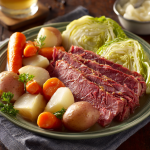
Corned Beef and Cabbage
Description
There’s nothing quite like a long-simmering pot filling your home with warmth and comfort. This corned beef and cabbage is a hearty, soul-nourishing dish with tender brisket, sweet carrots, buttery potatoes, and cabbage soaking up every bit of savory broth. Perfect for family dinners, lazy Sundays, or whenever you need a hug in a bowl.
Ingredients
-
3–4 lb corned beef brisket with seasoning packet
-
1 onion, quartered
-
3 garlic cloves, smashed
-
4 cups beef broth (or water)
-
1 lb carrots, cut into 2-inch chunks
-
1 ½ lbs baby potatoes, halved
-
1 small green cabbage, cut into wedges (core intact)
-
Optional: bay leaf, whole peppercorns, fresh parsley for garnish
Instructions
-
Prepare the Pot:
-
Place the brisket fat-side up in a large Dutch oven or heavy pot.
-
Tuck onion quarters and smashed garlic around the meat.
-
Sprinkle the included spice packet over the brisket.
-
Pour in beef broth, just covering the meat; add water if necessary.
-
-
Simmer Slowly:
-
Bring to a boil over high heat, then reduce to the lowest heat setting for a gentle simmer.
-
Cover and cook 2.5–3 hours until brisket is fork-tender. Avoid frequent peeking.
-
-
Cook Root Veggies:
-
Add carrots and potatoes to the pot.
-
Simmer 20 minutes, covered, until tender but still holding shape.
-
-
Add Cabbage:
-
Nestle cabbage wedges into the pot (they may not be fully submerged).
-
Cover and simmer 15–20 minutes until tender but not mushy.
-
-
Rest and Slice Brisket:
-
Remove brisket and let rest 10–15 minutes.
-
Slice against the grain into ½-inch slices.
-
Transfer vegetables to a serving platter.
-
Notes
-
If brisket is tough, simply simmer longer with liquid.
-
Use low-sodium broth to balance the naturally salty meat.
-
Slice against the grain to shorten muscle fibers for tender bites.
-
One-pot cooking can be messy; soak your Dutch oven after.
-
Slow cooker: Cook everything except cabbage on LOW 8–9 hrs or HIGH 4–5 hrs; add cabbage last hour.
-
Instant Pot: Brisket on High Pressure 90 min (natural release), then veggies 4 min (high), cabbage 1 min.
Nutrition
- Calories: 420 cal Per Serving
- Sugar: 3 g
- Fat: 24 g
- Carbohydrates: 24 g
- Protein: 26 g
Nutritional Information*
*Please note: This is an estimate per serving (based on 6 servings) and can vary greatly based on the specific brand of corned beef and ingredients used. The sodium content is high due to the curing process of the meat.
Per Serving: Calories: ~420 | Carbohydrates: 24g | Protein: 26g | Fat: 24g | Sugar: 3g | Sodium: ~1700mg
Final Thoughts
Corned beef and cabbage is a beautiful paradox. It feels like a celebratory feast, yet it is built on the humblest of ingredients. It seems like a complex, all-day project, yet the process is almost entirely hands-off, requiring more patience than skill. It is steeped in tradition and history, yet it is endlessly adaptable to your own taste and creativity.
This dish is a testament to the power of slow cooking. In our fast-paced world, it asks us to slow down, to let time and gentle heat work their magic. It rewards patience with unparalleled tenderness and depth of flavor. It’s a meal that fills your home with a sense of warmth and anticipation, a promise of a hearty, shared experience to come.
So, I encourage you not to relegate this recipe to a single calendar day. Let it become your go-to for a lazy weekend, your comfort food for a chilly evening, or your centerpiece for a casual gathering with friends. Make it your own, play with the spices, cherish the leftovers, and most importantly, share it with someone you love. Because the true magic of this simmering pot isn’t just in the tender beef or the savory broth—it’s in the connection and the comfort it brings to your table. Happy cooking

